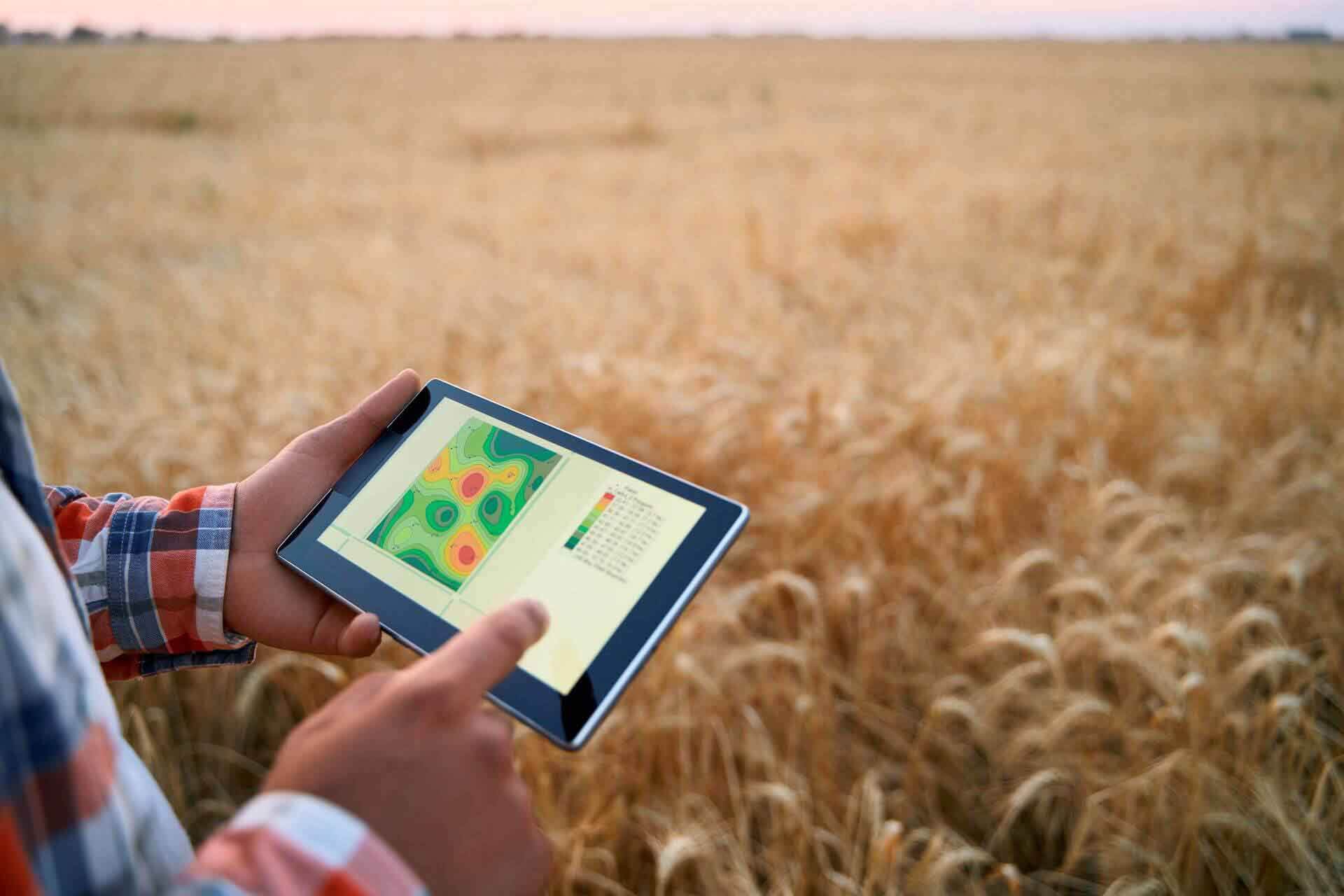
Automation technology has become increasingly common in recent years, promising to transform nearly every industry by eliminating labor shortages and improving both productivity and efficiency. Nowhere is this more crucial than in the world of agriculture: Rising demand for sustainable crops combined with the new challenges posed by a changing climate have necessitated the implementation of advanced and updated farming techniques.
In the following article, we’ll discuss the ongoing impact of automation in agriculture, including some of the most cutting-edge technologies that farmers are using to boost yields and reduce costs.
Automation: What It Means
The term automation refers to the use of technology to perform tasks that historically have required human operators. The different technologies employed for this purpose are broad, from built-in computers to robotics to internet communication. In most cases, the process of automation comes from some combination of technologies that allows critical processes to become more streamlined than ever before.
The key goal of automation is efficiency. The advanced machinery that is implemented can perform critical tasks with much greater speed and precision than human workers. It is also able to network with other technologies, allowing tasks to be performed with incredible coordination.
Precision Planting
Success in any agricultural project depends on dozens of variables, including soil health, planting depth, and effective water usage. The use of precision planting techniques eliminates a great deal of the guesswork from the process by providing a constant stream of data to farmers as they perform their required tasks. For example, sensors in the soil can track the levels of nitrogen and other critical nutrients. This can then ensure that seeds are only planted in the healthiest possible spots.
The planting process itself can also be fine-tuned by automated systems. Sensors can also help to control the exact number of seeds being planted in order to reduce waste and ensure that the perfect planting depth is achieved each time. The systems can also communicate in real-time with a GPS satellite system to maximize efficiency during the process, ensuring that crops always receive the perfect amount of water, insecticide, and fertilizer. This does more than simply reduce waste: It contributes to sustainability by conserving resources and eliminating the presence of unnecessary chemicals in the environment.
Robotic Harvesting
With the help of the precision planting techniques mentioned above, robotic equipment is also revolutionizing automation in agriculture by reducing labor demands and improving the accuracy of the picking process. Six-axis harvesting robots are currently being implemented for many large-scale agricultural projects. These utilize articulated mechanical arms installed on Robotic Transport Units (RTUs), which can track ripening produce with built-in sensors. When the machinery determines a crop is ready for harvesting, it automatically uses the arms to reach out and pick the fruit or vegetables from the vines.
Another automated harvesting system that is quickly gaining in popularity is the autonomous tractor, which is a driverless system that utilizes GPS technology to till and plow fields. These technologies are sophisticated enough to perform all the traditional duties of a tractor without a human operator. This includes avoiding obstacles and performing tasks to the exact specifications of their programmers.
AI-Driven Crop Monitoring
Thanks to the incredible level of connectivity that systems utilizing automation in agriculture now provide, there is more data available to farmers than ever before. Farms are now also using artificial intelligence (AI) to interpret and utilize this information. AI-driven crop monitoring analyzes patterns in crop growth to help make determinations about water, fertilizer, and insecticide requirements, lending further efficiency to the farming process.
The primary benefit of AI technology is to identify patterns. In the world of agriculture, this is critical because crops will exhibit subtle pattern changes in response to the presence of pests or as a result of depleted nutrients. When crops are monitored with sensors, satellites, and drones, AI can help farmers make decisions that help crops thrive while also conserving critical resources.
Boosting Yields with Automation
Each of the automated systems mentioned above contributes greatly to overall crop health. When they all work in tandem, the ultimate outcome is an increased yield and a more successful farm. Automated farming can sidestep some of the greatest challenges in agriculture, such as the labor costs of keeping farms running 24/7. With automation technology, repetitive tasks can be performed continuously day or night, depending on the needs of the specific crops.
With a changing climate placing new stresses on crops and rendering farming more difficult than in the past, automation is becoming more than a simple luxury for large-scale agricultural projects. It’s now crucial to maximize yields even as farms face droughts and increasing pest populations, which is why even smaller farms must now begin to consider investing in it.
For More Information About Automation in Agriculture
The farming techniques we’ve mentioned above are just a few of the key ways automation is now being implemented in agriculture across the world. However, new techniques are being introduced all the time, meaning that by the time you read this, there are likely to be even more farming technologies available than at the time of writing. Stay up to date on the latest machinery available by exploring our website.At Aberdeen Dynamics, we specialize in the motion-control systems that automated systems utilize to perform the work they do. These systems must be constructed to exacting standards since any weak link can negatively affect performance and impact a farm’s bottom line. Contact us to learn about the best machinery available for your farm and to begin the process of designing an automated system that can take your agricultural projects to the next level.